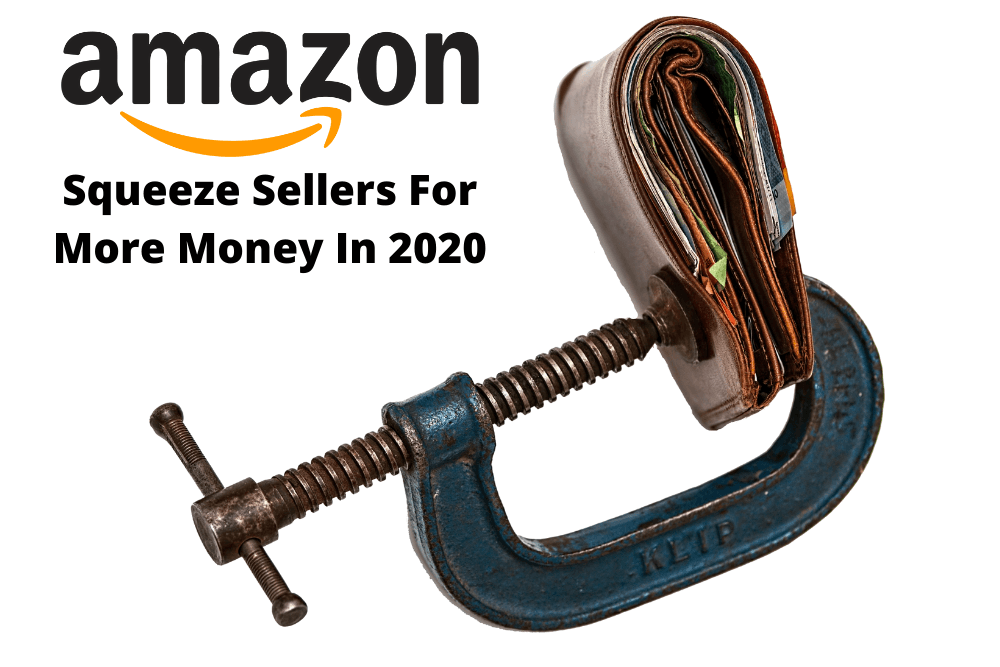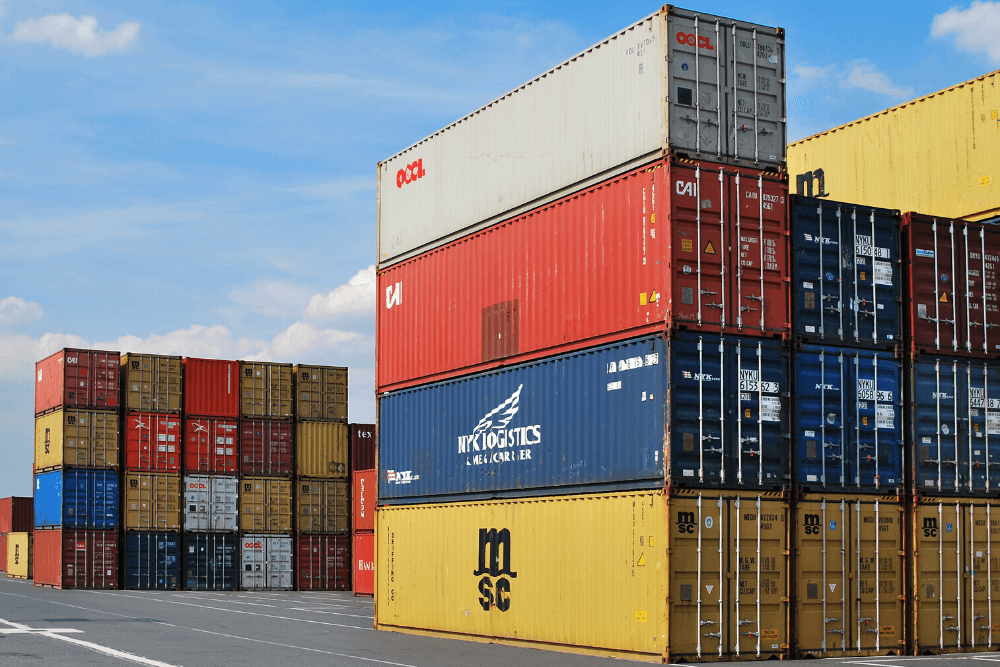
On February 18, 2020, Amazon rolled out some new Amazon seller fees increases. The site explains that it invested over $15 billion in infrastructure, seller tools, and the expansion of the Free One-Day Delivery program. It also points out that the fulfillment fee increases, which amount to an average increase of around 3%, are “below industry average”.
This may all be true, but that won’t make these changes hurt Amazon sellers’ bank accounts any less. On the surface, some of these changes might not seem like too big of a deal, but all of these nominal increases in fees have been adding up. Instinet, a financial research firm, reported last year that Amazon collects 27 cents of each dollar customers spend on merchant-sold items; and that this number had risen 42% over the last five years.
Amazon has tried to lessen the blow on the announcement of these seller fee increases by reducing the referral fee charges on some very specific categories, but those changes will only positively affect a select few sellers. The new Amazon FBA fees, on the other hand, will affect everyone using the program.

FBA Amazon seller fees are going up across the board
Amazon seller fees will be increasing across multiple areas for Amazon FBA users. These fee changes include the core FBA fulfillment fee, monthly inventory storage fees, removal order fees, and disposal order fees.
Core FBA fulfillment fee changes
Here are the fulfillment fee increases on core FBA products, excluding clothing. For details on the Amazon FBA fee changes for clothing and Hazmat items, visit Amazon’s Seller Central page on the 2020 US FBA fulfillment fee changes.
- Small Standard (10 oz or less): $2.50 per unit, up from $2.41
- Small Standard (10 to 16 oz): $2.63 per unit, up from $2.48
- Large Standard (10 oz or less): $3.31 per unit, up from $3.19
- Large Standard (10 to 16 oz): $3.48 per unit, up from $3.28
- Large Standard (1 to 2 lb): $4.90 per unit, up from $4.76
- Large Standard (2 to 3 lb): $5.42 per unit, up from $5.26
- Large Standard (3 lb to 21 lb): $5.42 + $0.38/lb above first 3 lb per unit, up from $5.26 + $0.38/lb
- Small Oversize (71 lb or less): Still $8.26 + $0.38/lb above first 2 lb per unit
- Medium Oversize (151 lb or less): $11.37 + $0.39/lb above first 2 lb per unit, up from $9.79 + $0.39/lb above first 2 lb
- Large Oversize (151 lb or less): Still $75.78 + $0.79/lb above first 90 lb per unit
- Special Oversize: Still $137.32 + $0.91/lb above first 90 lb per unit
FBA monthly inventory storage fee changes
Amazon FBA monthly inventory storage fees are set to go into effect on March 1, 2020. Storage fees on standard-size items will rise from $0.69 per cubic foot to $0.75 per cubic foot from January through September. October through December storage fees will remain the same at $2.40 per cubic foot.
FBA removal order fee changes
Prior to February 18, all standard-size items incurred a removal fee of $0.50/per unit and all oversize and special handling items were $0.60/per unit. Now, removal fees have been adjusted based on their shipping weight. Here are the new fees:
- Standard (0 to 0.5 lb): $0.25 per unit
- Standard (0.5 to 1.0 lb): $0.30 per unit
- Standard (1 to 2.0 lb): $0.35 per unit
- Standard (More than 2 lb): $0.40 + $0.20/lb above first 2 lb per unit
- Oversize and Special Handling (0 to 1.0 lb): $0.60 per unit
- Oversize and Special Handling (1 to 2.0 lb): $0.70 per unit
- Oversize and Special Handling (2.0 to 4.0 lb): $0.90 per unit
- Oversize and Special Handling (4.0 to 10.0 lb): $1.45 per unit
- Oversize and Special Handling (More than 10.0 lb): $1.90 + $0.20/lb above first 10 lb per unit
Removal fees have actually gone down for standard-size items that do not require special handling but have gone up for oversized and special handling items.
FBA disposal order fee changes
Unlike the nominal changes made to removal order fees, disposal fees have received a sharp increase. Standard-size items used to incur a $0.15 disposal fee while oversized and special handling items were disposed of for a $0.30 fee. These numbers have skyrocketed up to the same prices listed above for removal fees.
What can you do about these fee increases?
Unfortunately, to take advantage of Amazon’s massive customer base and its fulfillment center, you have to play by the site’s rules and pay whatever fees they charge. While you may not be able to get rid of these fees, there are a few things you can do to help limit the damage they do to your business.
Be as accurate as possible with inventory planning
Inventory planning has always been a valuable skill for Amazon sellers. If you’ve been putting off optimizing your inventory planning, use these fee increases as a wake-up call to do so.
Having too much inventory in Amazon warehouses will now come at a steeper price. The monthly inventory storage fee’s 8.7% increase will add up in a hurry. And if you eventually decide you need to remove or dispose of items, that’ll cost you too; especially if you are dealing with oversized items. Study your month-to-month sales numbers carefully to make sure that you are stocking enough product for your customers while not stocking too much to get hit with unnecessary fees.
Consider converting to Fulfilled by Seller
This option won’t make sense for a lot of businesses, and there are a lot of logistical factors to consider when making this shift. But as mentioned above, if this is something you have already been considering and have been putting off, these Amazon FBA fee increases give you an excellent reason to at least start considering your options more seriously.
Most of these new fee increases will directly affect FBA users, not sellers that fulfill their own purchases. Even if there are only one or two items in your product line that would make sense to fulfill outside of FBA, you could rack up some considerable savings on inventory and fulfillment fees.
Use FeedbackWhiz’s Services to Increase Sales and Protect Listings
Another way to combat decreased profit margins per sale is with a higher quantity of sales. Using FeedbackWhiz’s Email Automation tools, you can generate more product reviews on your sales, which will, in turn, bring in more customers and more sales as your brand’s reputation increases.
You can also use 24/7 Product Monitoring to stay on top of potential threats from listing hijackers or competitors winning the buy box from you. Keeping track of these detriments to your business can help you fight them and limit the damage they do to your sales, avoiding unnecessary extra storage fees caused by an unexpected lull in sales.



0 Comments